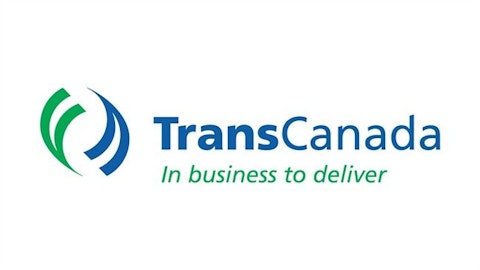TransCanada Corporation (USA) (NYSE:TRP)’s Keystone XL pipeline is awaiting completion due to debate about the northern phase of the pipeline, which would connect Hardisty, Alberta, with Steele City, Nebraska. President Obama has yet to make a final decision and has promised to veto any agreement reached in the United States Congress.
Crude’s First-Quarter Impact
Here’s a look at the way crude shipments already have impacted revenues for four Class I railroads:
—CN’s revenues from shipment of petroleum and chemicals were up 16% in first quarter 2013 over the first quarter of 2012, CN said. Crude by rail revenue was up 300%. The company saw a $75 million book of business in crude shipments in the first quarter, and expects this to grow. Crude is a long haul business for CN to refineries in the U.S. Gulf and all of the Eastern Canadian refineries.
–Canadian Pacific’s revenues from shipment of industrial and consumer products for the first quarter of 2013 was up 25% from the same period of 2012, due in part to increased shipment of energy-related commodities, including crude.
–BNSF’s revenues from shipment of Industrial Products volumes increased 14% in the first quarter of 2013 compared with the same period in 2012, primarily due to increased shipments of petroleum products, BNSF said.
–Union Pacific said revenues from shipment of chemicals was up 14% in first quarter 2013 over the first quarter of 2012. Crude oil volume increased 11% from the previous quarter, more than double the first quarter of 2012. Growth was driven by increased shipments from the Bakken, Western Oklahoma and West Texas shale plays to UP-served terminals, primarily in St. James, Louisiana and the Texas Gulf Coast.
Track Upgrades
North American railroads are spending billions to upgrade track and increase capacity, often double-tracking lines to increase traffic. CN is accelerating work on the $33 million upgrading of its Whitehall Subdivision in Wisconsin to increase car-loading capacity and train velocity for the growing frac sand supply chains of Badger Mining Corporation, Preferred Sands of Wisconsin LLC, Atlas Resin Proppants LLC, and Taylor Frac LLC. The improvement program will permit the transportation of heavier loaded frac sand freight cars weighing a maximum of 286,000 pounds, thereby increasing the volume per car, generating increased productivity for customer car fleets, and increasing train speed for CN.
The Association of American Railroads statistics suggest rail tanker cars might be a safer alternative for moving crude than pipes.
Based on U.S. Department of Transportation data, the crude oil “spill rate” for railroads from 2002-2012 was an estimated 2.2 gallons per million ton-miles, compared with an estimated 6.3 for pipelines, AAR said.
The Bottom Line
Due to uncertainty about the completion date of the Keystone XL pipeline, Canadian National Railway (USA) (NYSE:CNI) stands to benefit the most from increased movement of crude by rail. The company has exposure to the Bakken Region and owns the only railroad in the massive
Athabasca Oil Sands deposit in Alberta. CN moves crude to refineries in the U.S. Gulf Coast and Eastern Canada. CN will be hauling crude for many years to come. I like all railroad stocks mentioned in this article, but I believe CN holds an edge over the others in the movement of crude.
Michael Hooper owns shares of Berkshire Hathaway, Union Pacific, Canadian National Railway, and Canadian Pacific Railway Limited (USA). The Motley Fool recommends Berkshire Hathaway and Canadian National Railway. The Motley Fool owns shares of Berkshire Hathaway.
The article The Best Crude Rail Play originally appeared on Fool.com.
Copyright © 1995 – 2013 The Motley Fool, LLC. All rights reserved. The Motley Fool has a disclosure policy.




